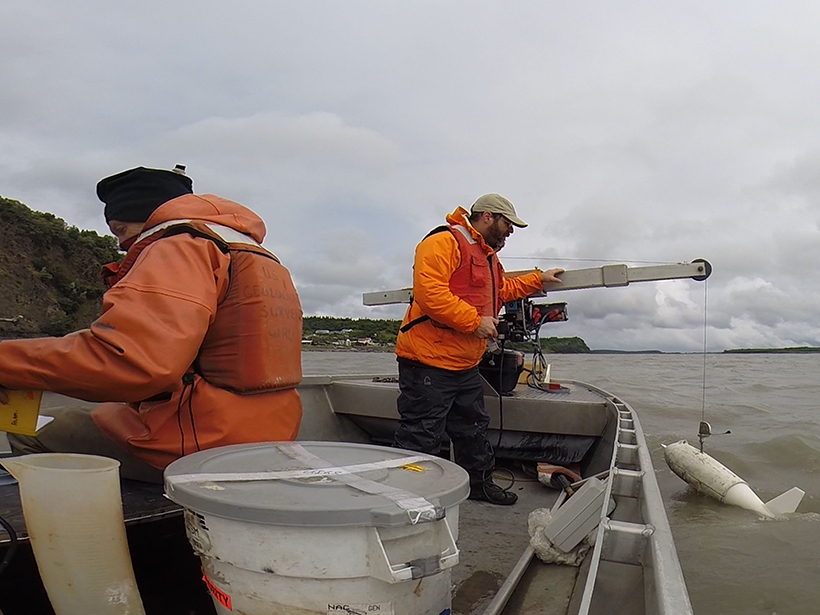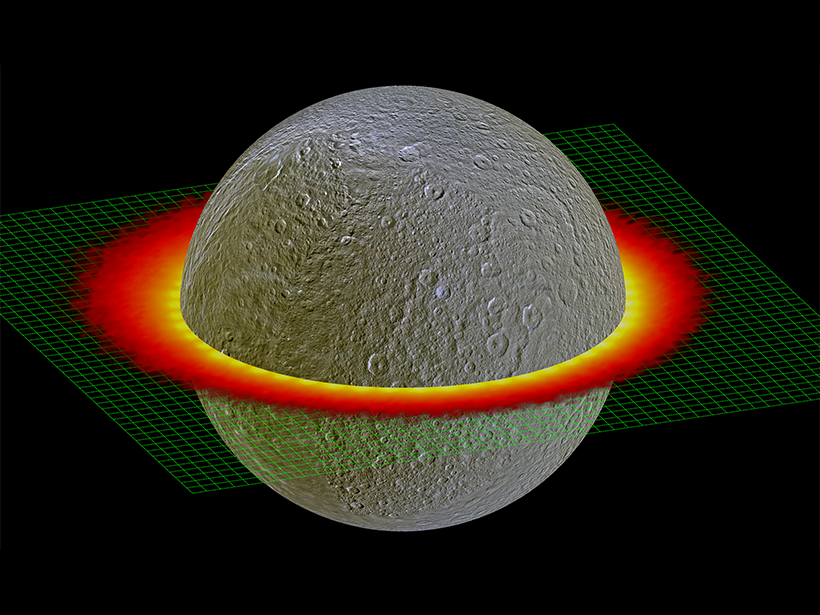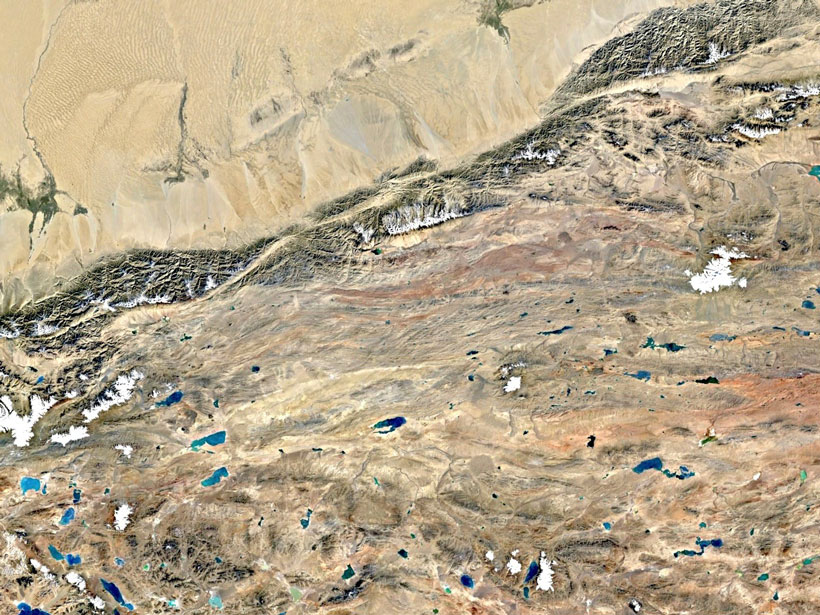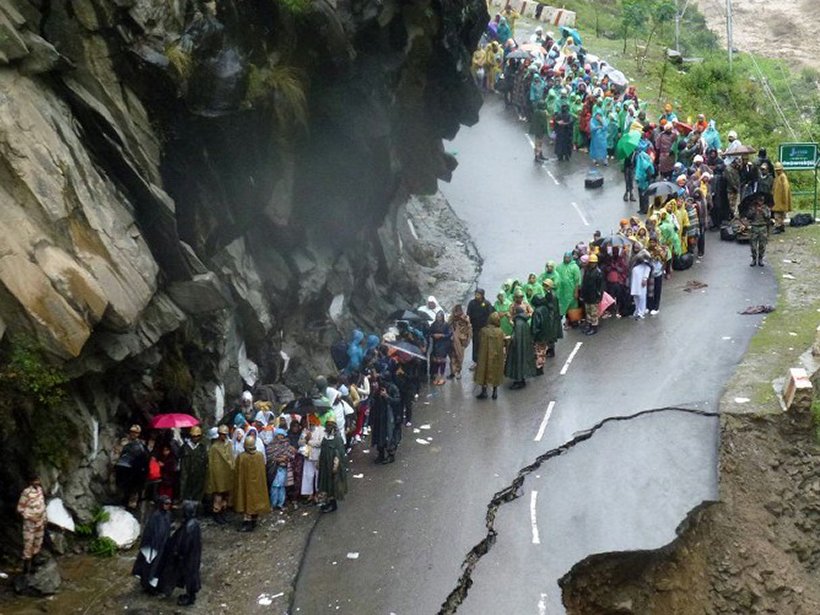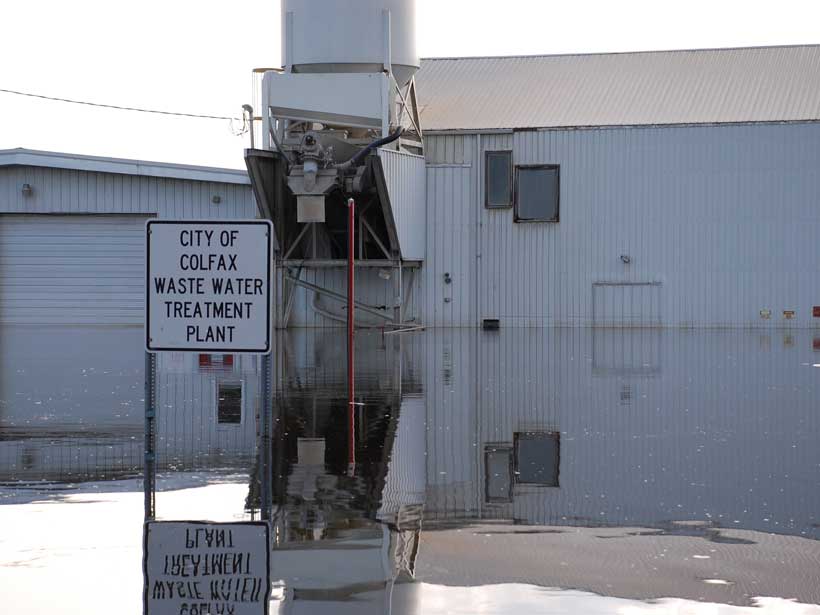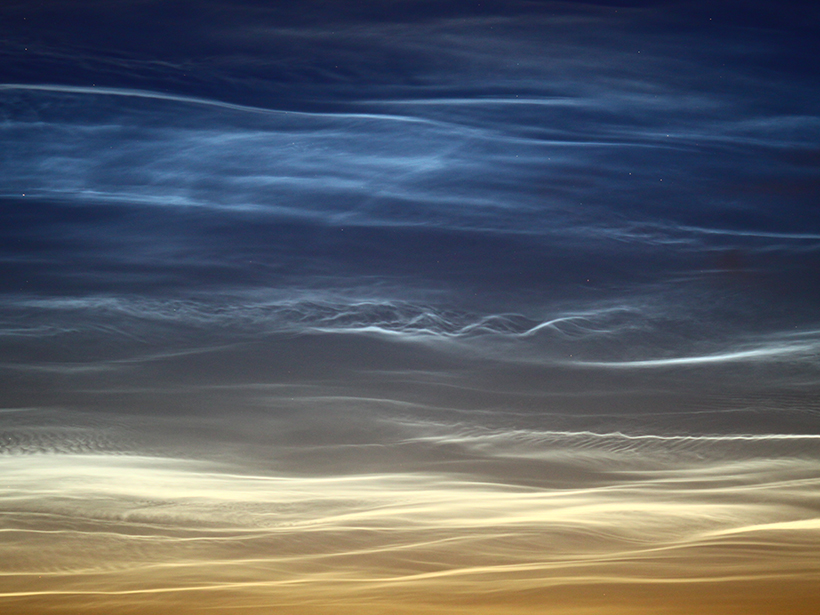A critique of the plot routinely used to determine bulk magnetic properties concludes the technique is so ambiguous that new approaches to understanding magnetic mineral assemblages must be developed.
Research Spotlights
Research spotlights are plain-language summaries of recent articles published in AGU’s suite of 24 journals.
What Shaped the Northern Apennine Deformation Front?
An integrated interpretation of well and seismic reflection data from Italy’s Po Valley shows the range’s undulations are controlled by the slope and composition of two major gliding horizons.
Using Microbes to Predict the Flow of Arctic Rivers
Bacterial DNA provides a good estimate of river discharge.
A Consistent Model of Ice Dissociation on Celestial Bodies
A model based on decades of experimental results can now quantify the products of water ice dissociation caused by radiation and predict the products expelled into an icy body’s outer atmosphere.
A Near-Real-Time Tool to Characterize Global Landslide Hazards
By fusing susceptibility information with precipitation data, a new model generates “nowcasts” to predict the potential for rainfall-triggered landslides in steep terrain between 50°N and 50°S.
New Insights into Continental Deformation in Northwestern Tibet
A new surface velocity map shows strain localized along major strike-slip features, suggesting the central Tibetan Plateau is not deforming as a fluid in response to gravitational collapse.
A Better Way to Predict the Indian Monsoon
A new study finds that including Himalayan topography and land-atmosphere interactions improves climate models.
Sea Level Rise Threatens Hundreds of Wastewater Treatment Plants
Untreated sewage could affect 5 times more people than direct flooding, a new study shows.
Toward More Realistic Modeling of the Mesosphere
New study reveals complex behavior of gravity waves in the atmosphere.
Improving Tropical Cyclone Predictions in the Gulf of Mexico
The National Oceanic and Atmospheric Administration’s newest High Resolution Atmospheric Model captures the influence of intraseasonal oscillations on tropical cyclone activity.


